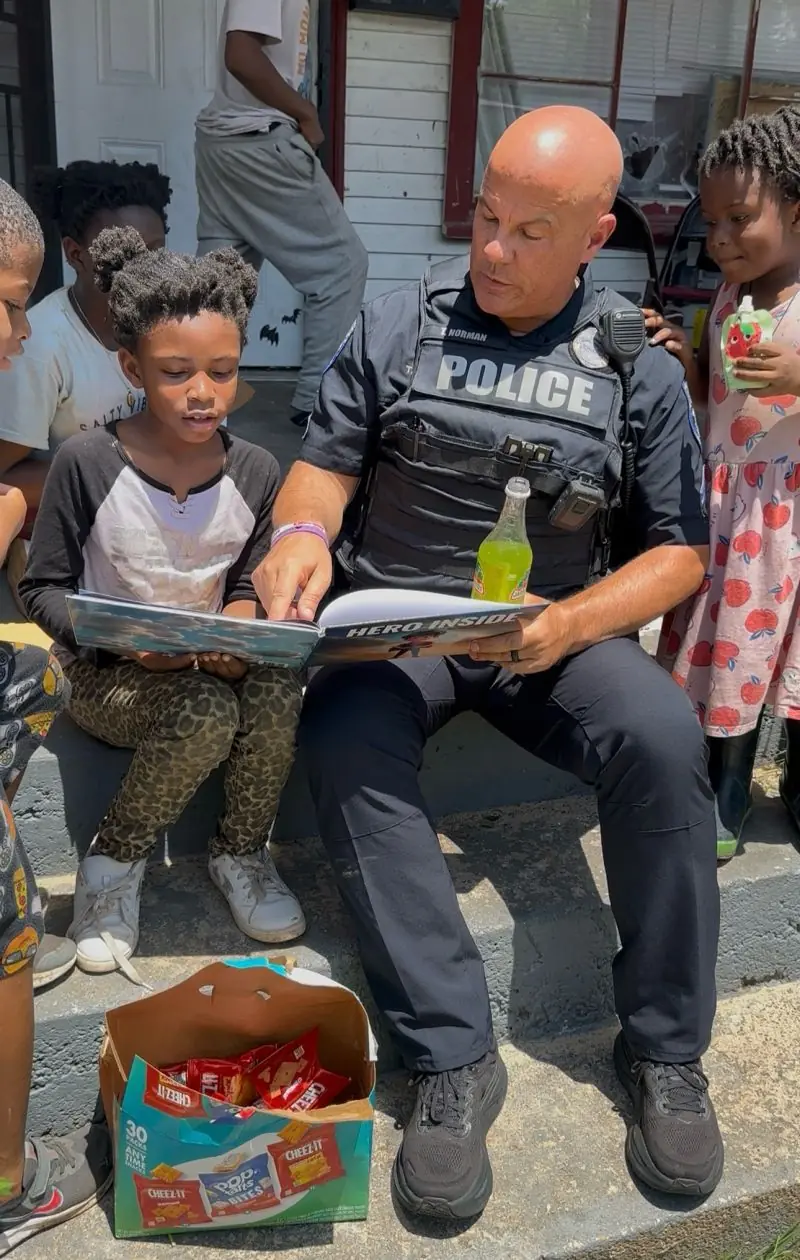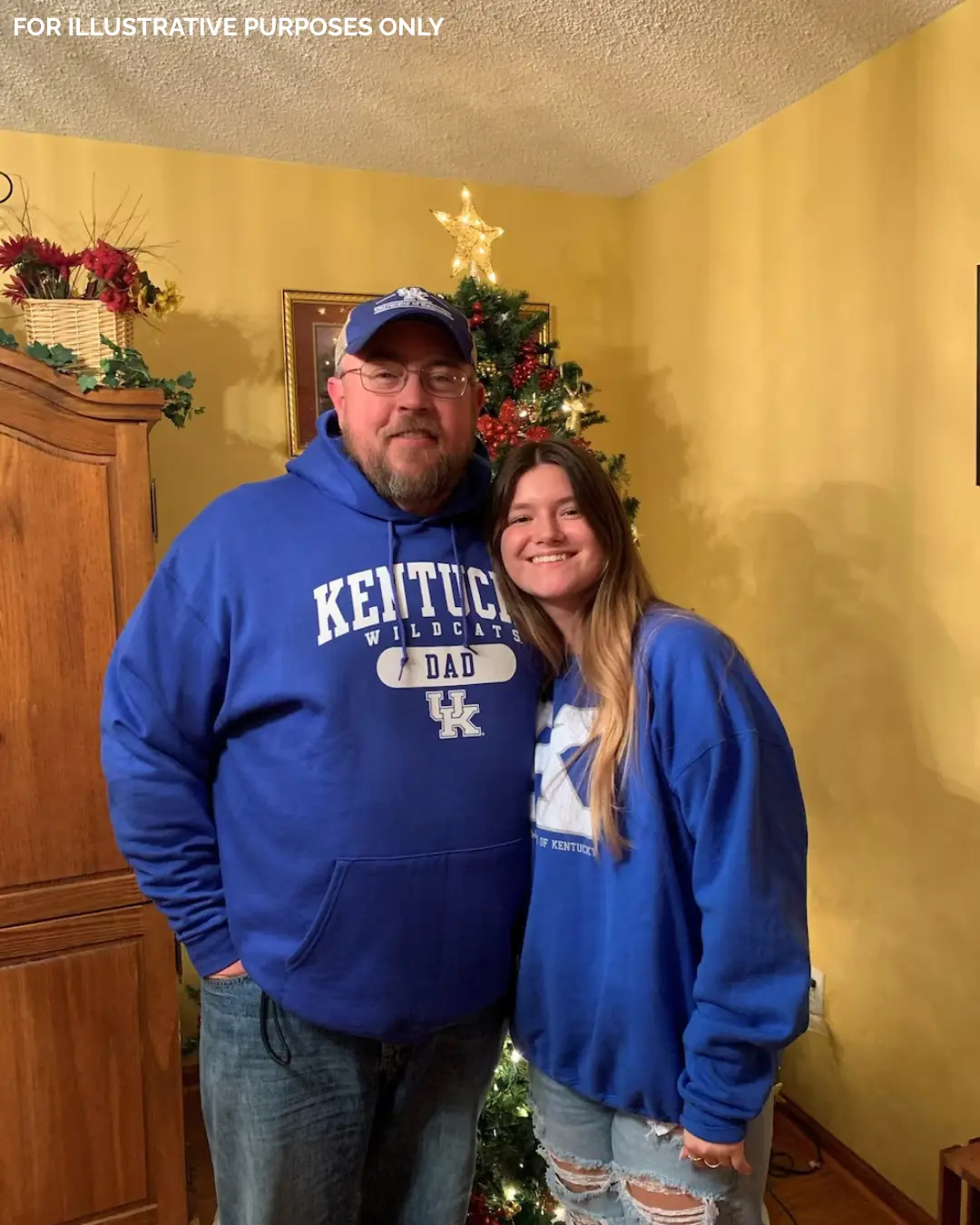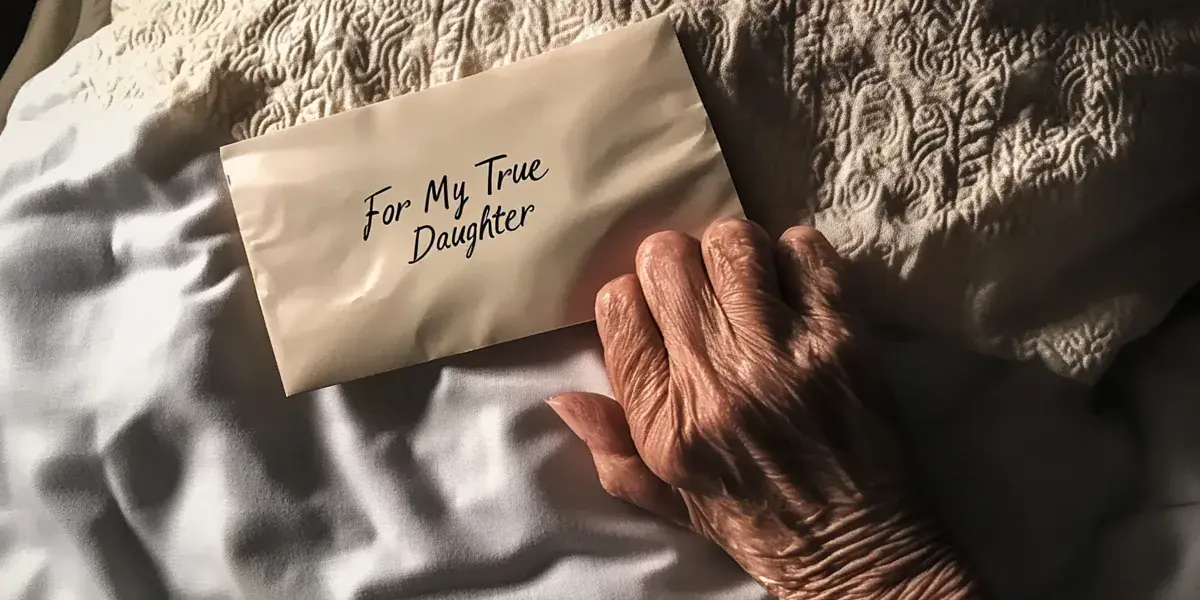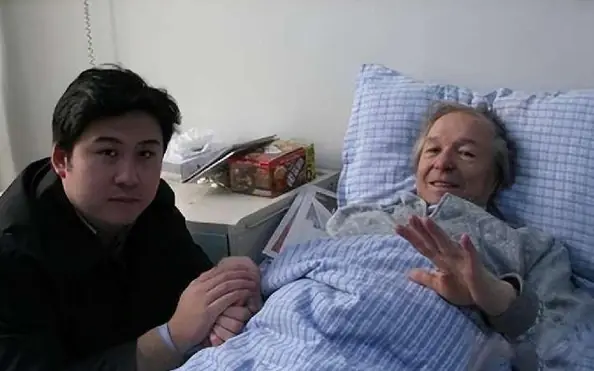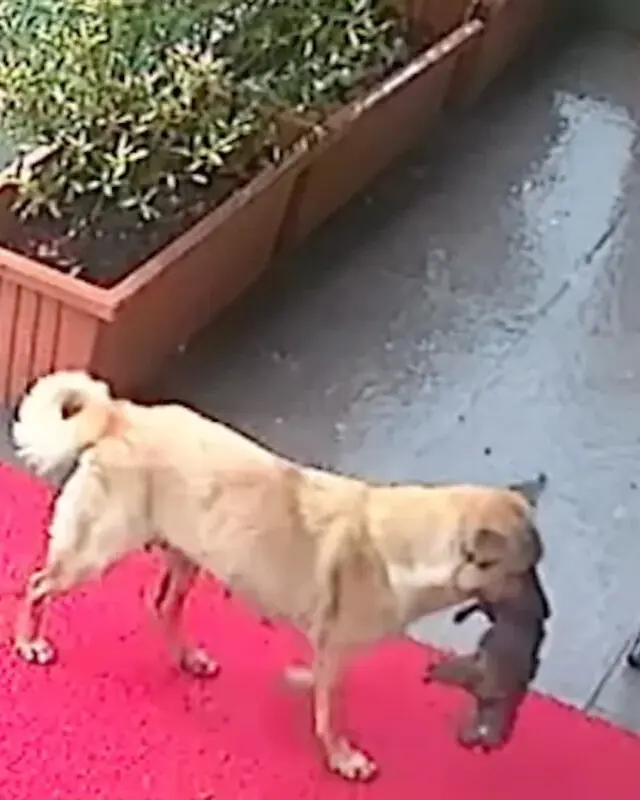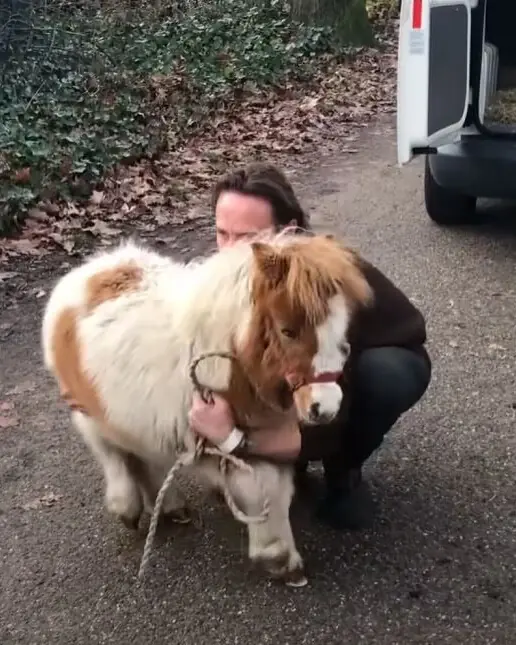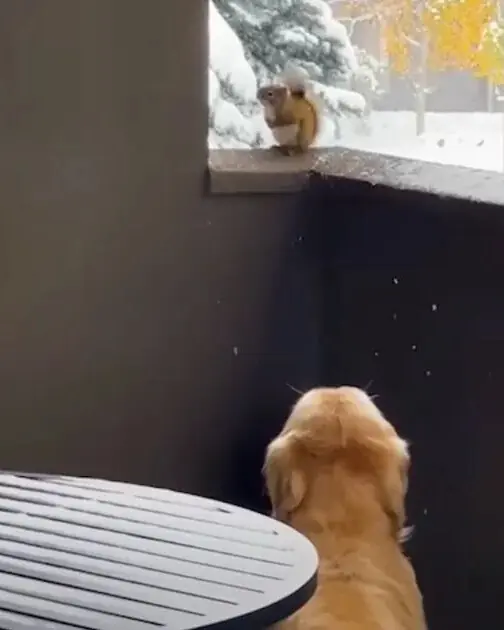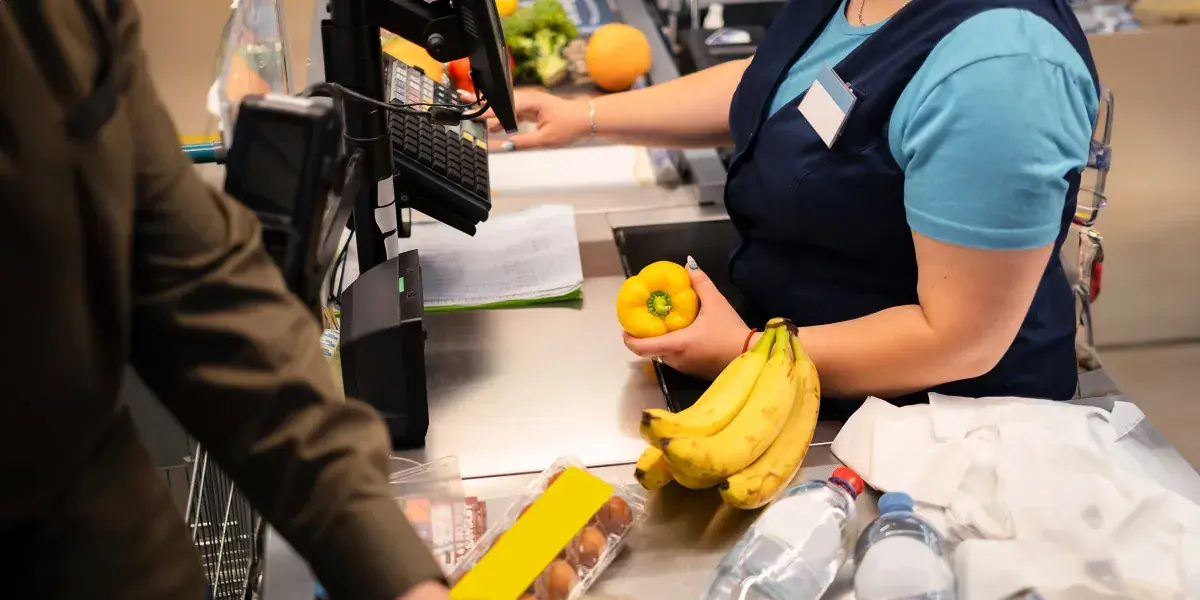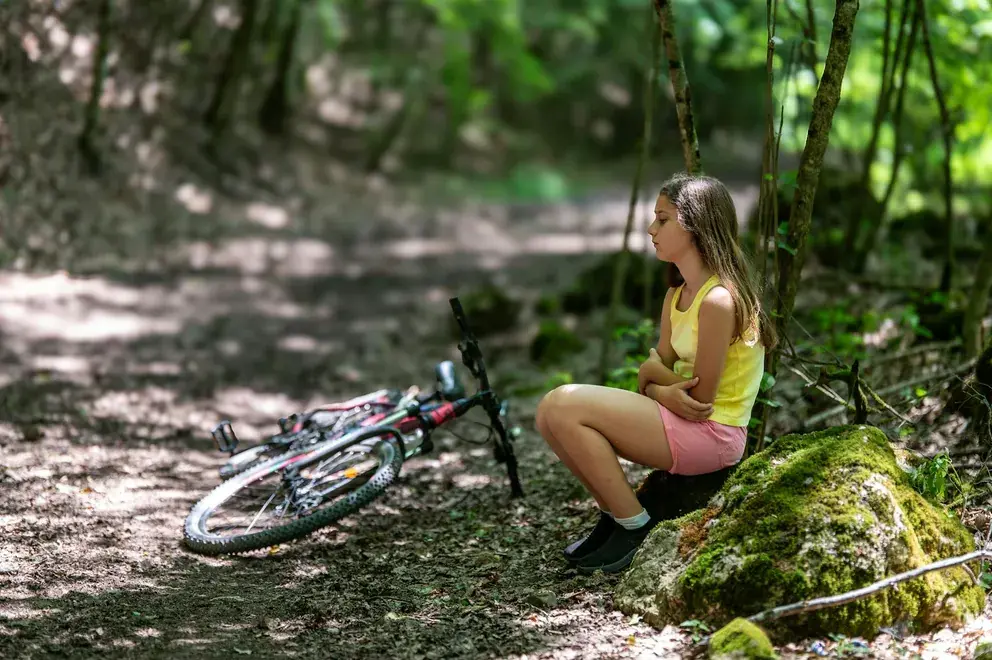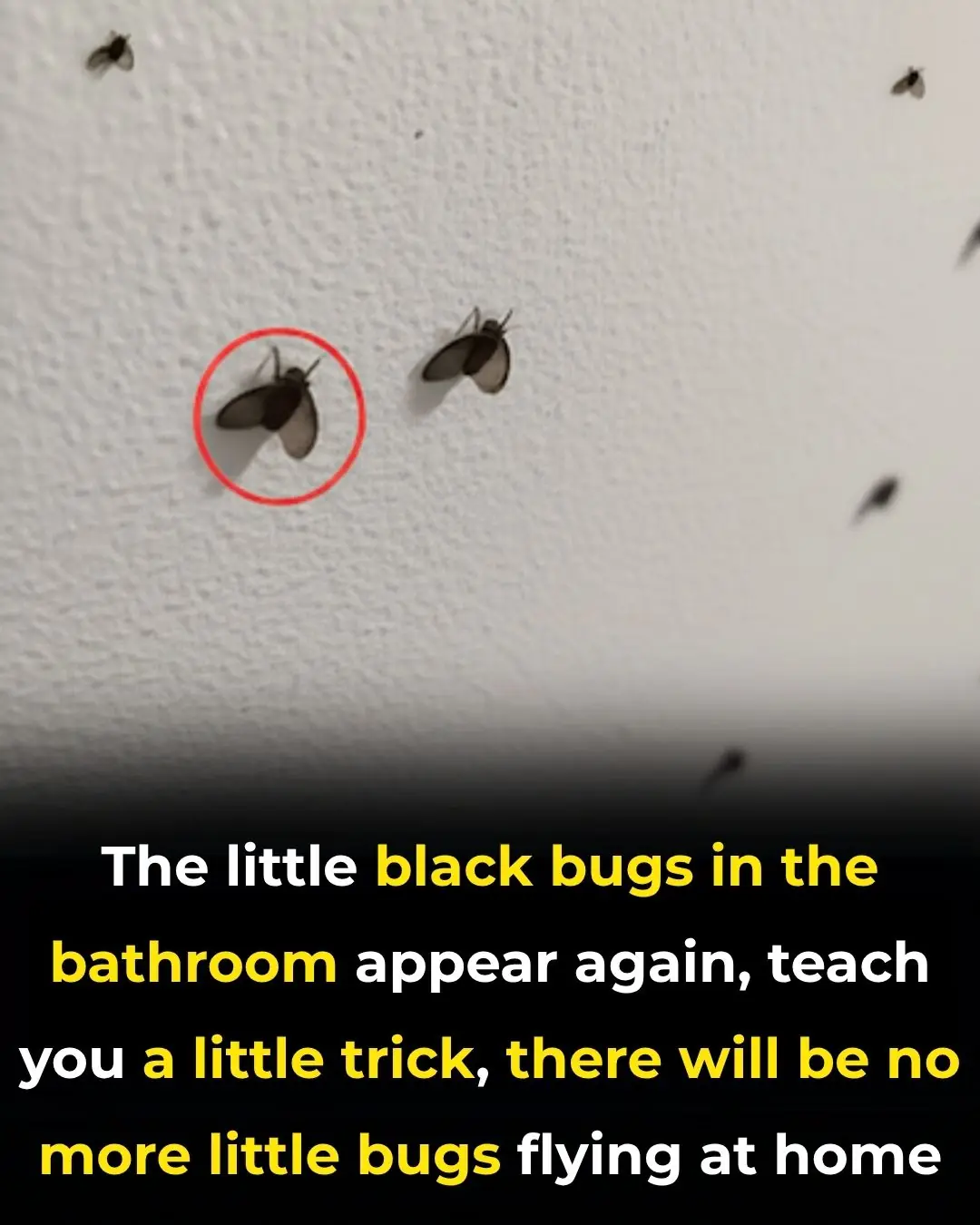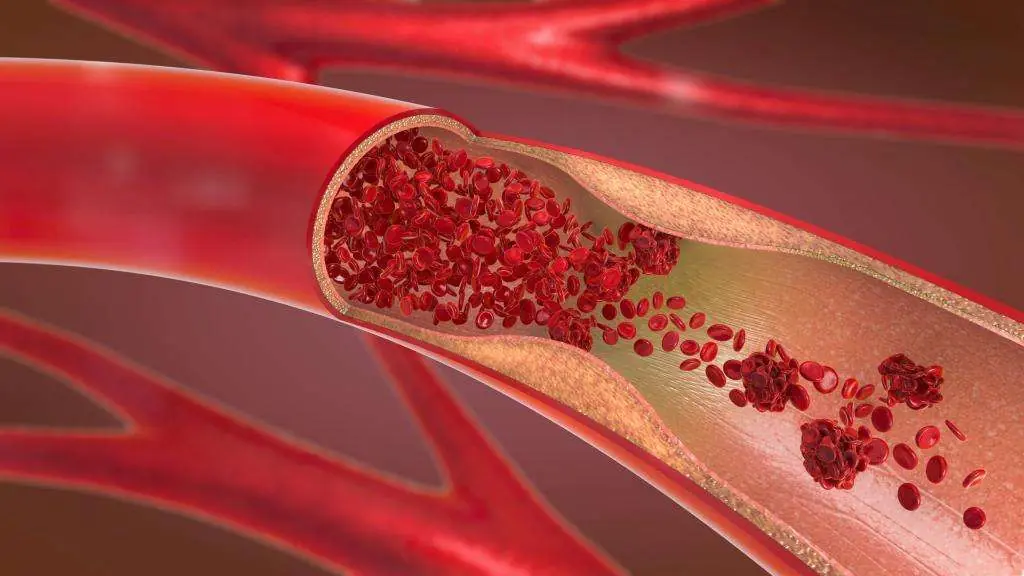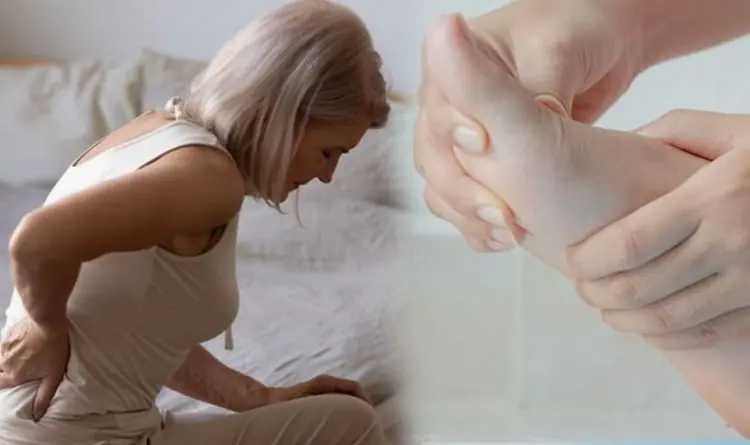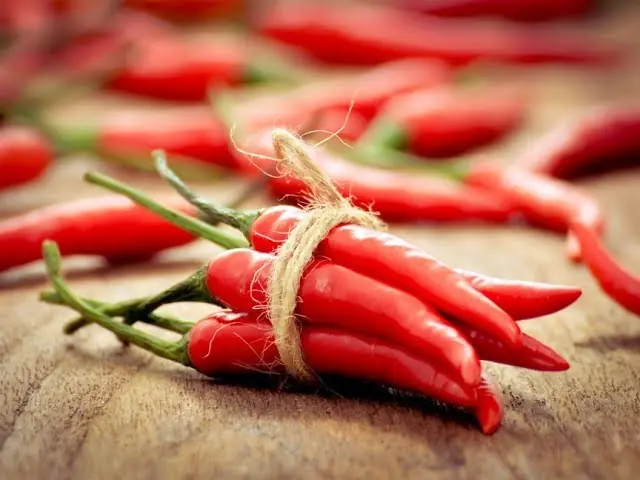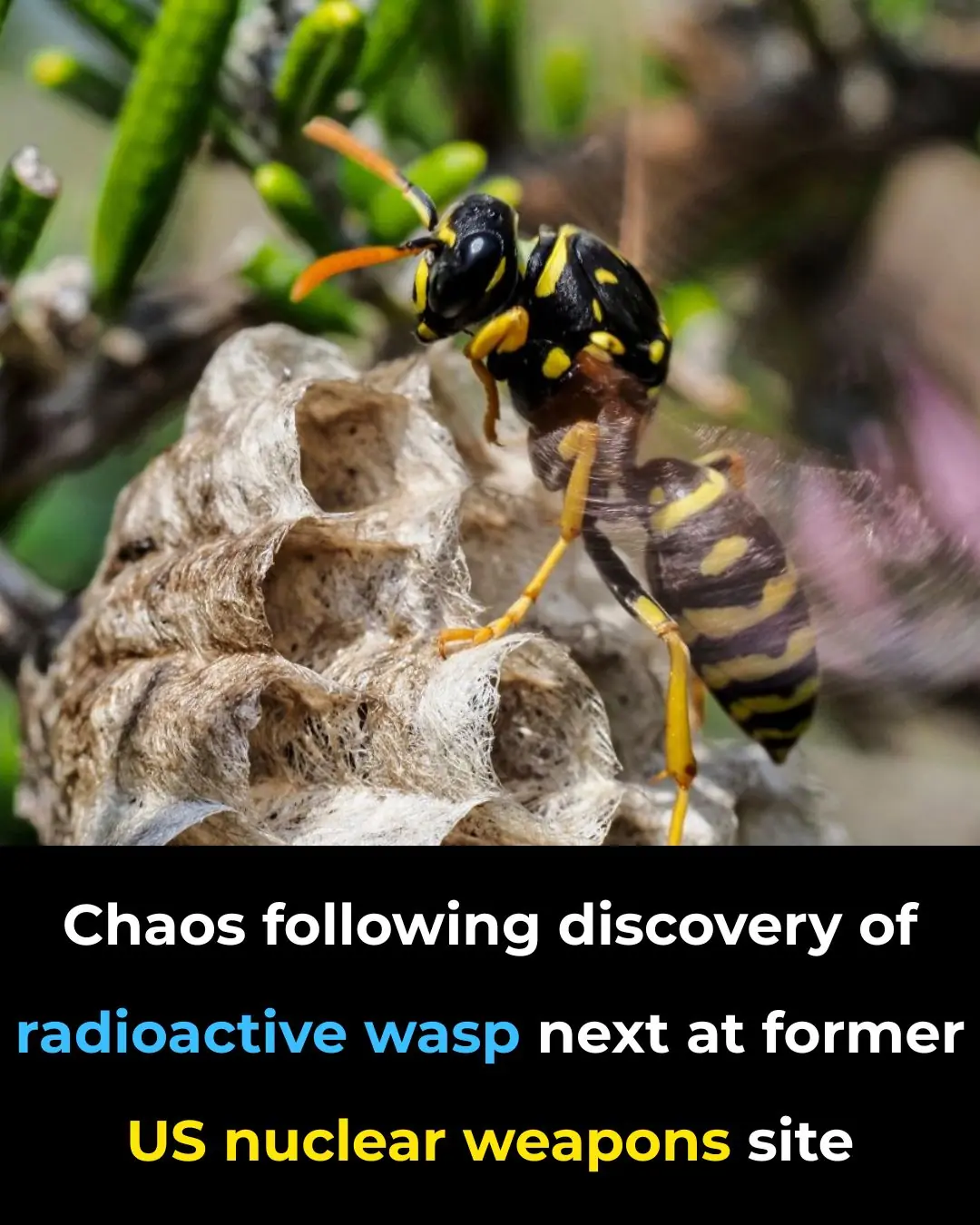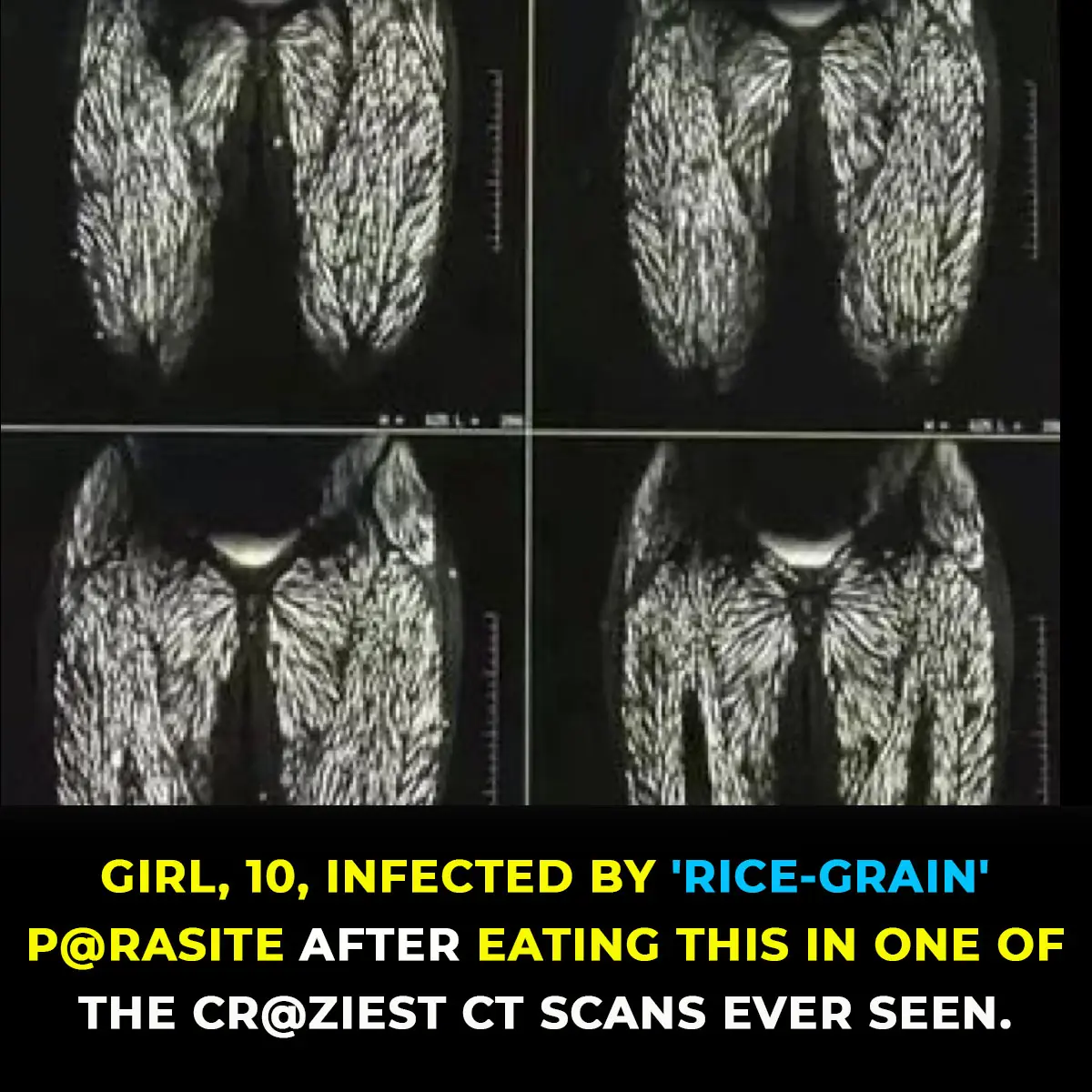On a regular evening stroll, a man and his dog happened upon something completely unexpected—a figure huddled quietly on a neighbor's front stoop. At first, it appeared to be just another shadow in the dimming light, but as they neared, the man realized it wasn’t a shadow at all. It was a red-tailed hawk, sitting motionless, clearly in distress.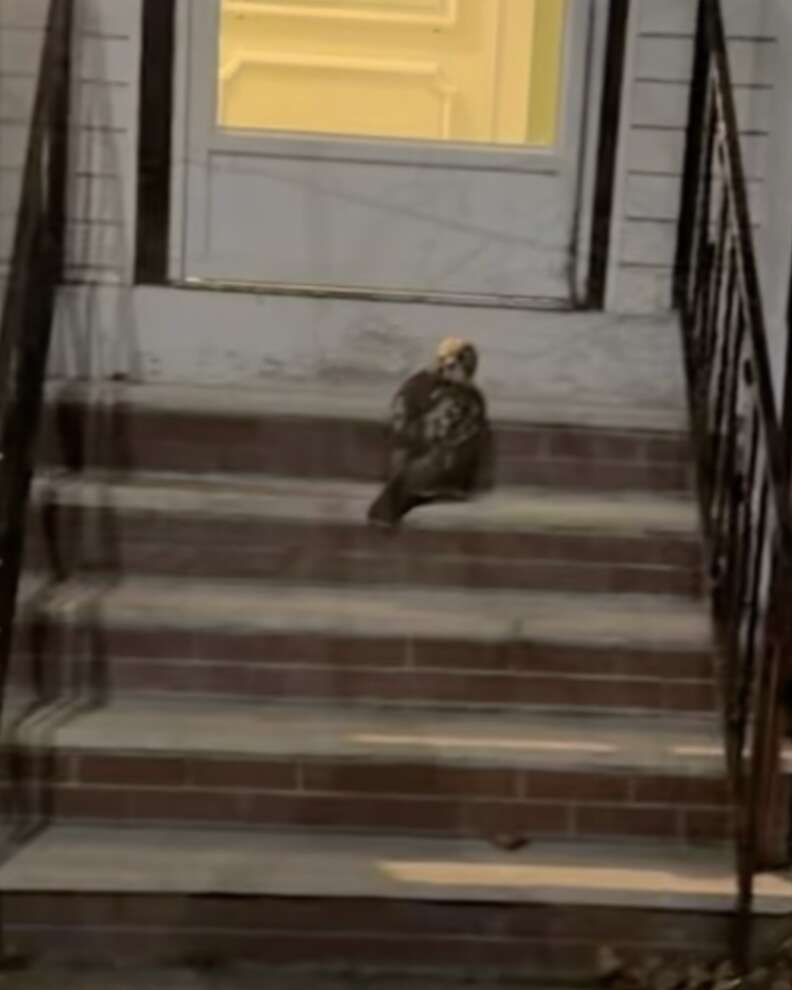

Unlike most wild hawks that would have taken flight the moment they sensed a human presence, this one stayed put. That alone was a red flag.
“He noticed the hawk wasn’t able to fly away, which immediately set off alarm bells,” explained Priya Patel, the wildlife medical director at the New England Wildlife Centers (NEWC). “Hawks typically avoid people. Their instinct is to fly off at the slightest sign of danger.”
The man didn’t hesitate. He carefully wrapped the bird in his jacket and rushed it to the wildlife center, where Patel and her team sprang into action.
At first, the hawk appeared to be free from visible injuries, but something wasn’t right. One of its wings was swollen, though there were no signs of fractures or external wounds. This, Patel said, was a troubling clue that pointed to something much more insidious: poisoning.
A Silent Danger: Rodenticide
Patel immediately suspected the hawk had ingested rodenticide, a widely used but lethal poison meant to kill rodents. Sadly, these toxins don’t just stop with rats. When predators like hawks consume poisoned prey, the toxic chemicals accumulate in their bodies, causing devastating damage to their organs and health.
After conducting blood tests, Patel confirmed her suspicion: the hawk had ingested second-generation anticoagulant rodenticides (SGARs). These poisons prevent blood from clotting properly, often causing internal bleeding, swelling, and excruciating, slow deaths.
But despite the grim nature of the diagnosis, this hawk wasn’t without hope.
A Fighting Chance
Patel began treatment immediately, administering vitamin K to help restore the bird’s blood clotting ability, pain relief to ease its suffering, and fluids to flush the toxins out of its system.
A Long Road, But Not Hopeless
“This isn’t our first case,” Patel shared. “Sadly, we’ve treated numerous poisoned animals, and with each passing year, the poisons become stronger and more dangerous, making recovery even harder. We’ve had hawks in our care for up to a year.”
Though the road ahead would be long and challenging, there was a glimmer of hope for this hawk.
Despite being in the early stages of recovery, the hawk was already showing signs of improvement. It was responding well to treatment and beginning to regain its strength.
With Cautious Optimism
Although there’s still a long road to recovery ahead, Patel and her team remain cautiously optimistic. When the hawk is strong enough, their goal is clear—release it back into the wild where it can reclaim its freedom and soar once more.
How You Can Help
Rodenticides are a hidden threat, not just to rodents but to every creature that preys upon them. You can help protect wildlife like this hawk by choosing safer pest control alternatives:
-
Seal any entry points in your home or building to keep rodents out.
-
Store food waste and trash securely to avoid attracting rodents.
-
Opt for humane traps instead of poison or glue traps.
These small changes can make a significant difference and offer a better chance of survival for animals like this hawk.
A Story of Survival and Hope
This hawk’s story could have ended silently on a front stoop. But thanks to the quick action of one compassionate passerby, it’s turning into a tale of healing, survival, and second chances. The hawk is now on its way to recovery, all because someone chose not to walk away.
